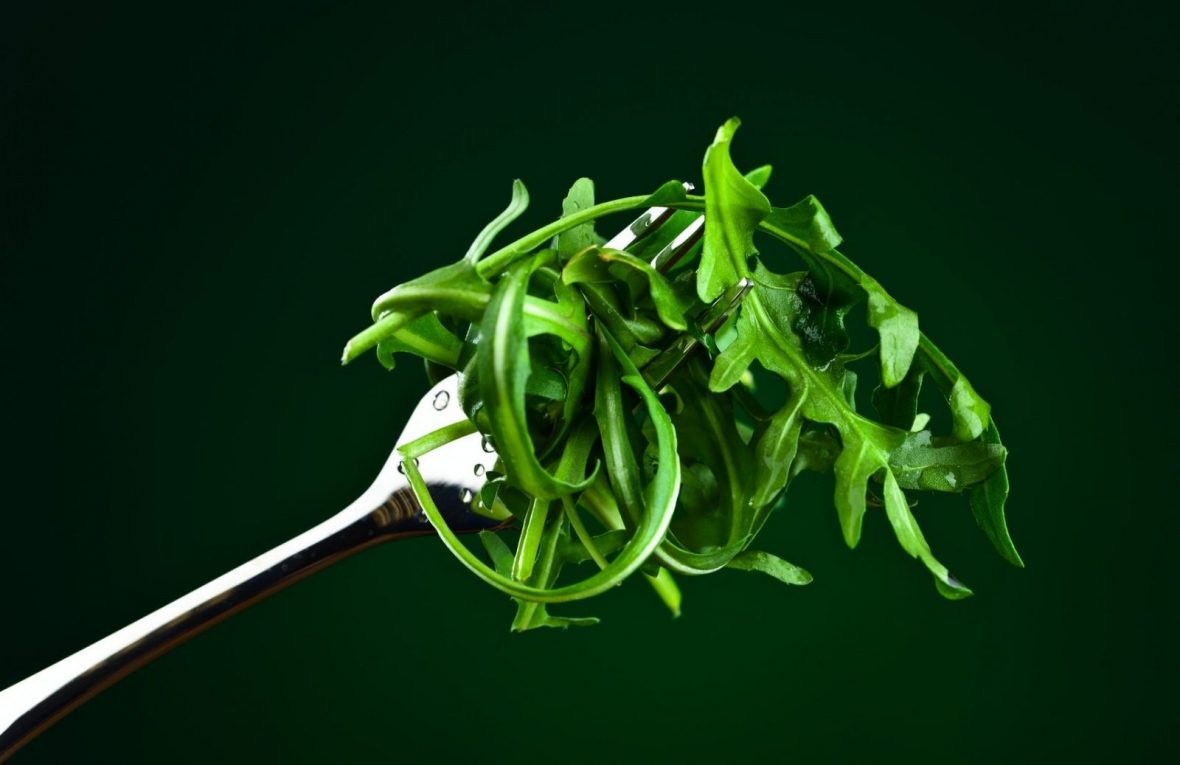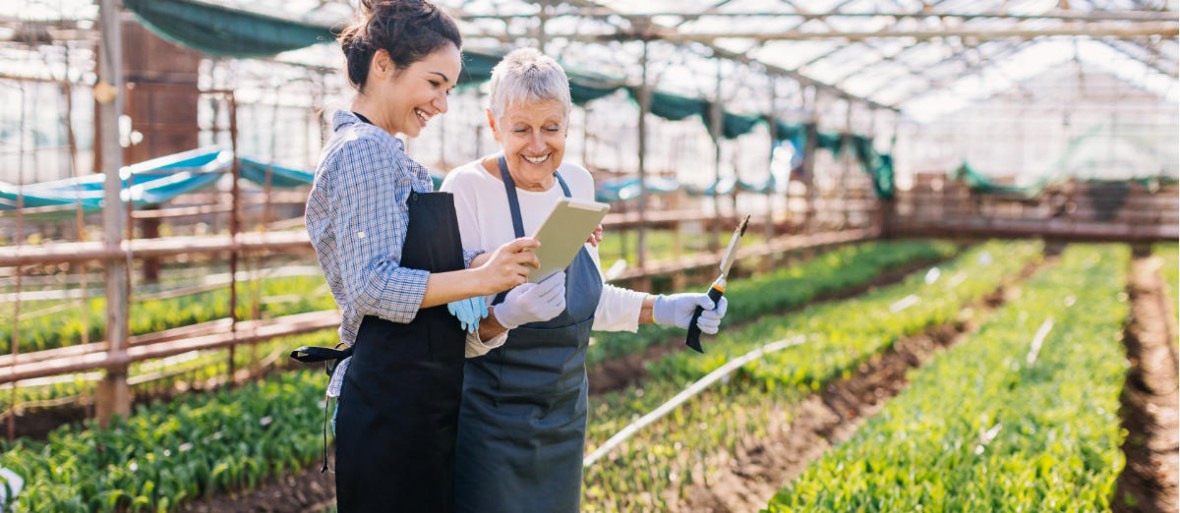The recent launch of Plenty United’s 51,000 square foot warehouse in the San Francisco area marks yet another major indoor vertical farming venture looking to bite off a piece of the $49 billion U.S. fresh produce retail market. It is one that provides new strategic wrinkles in terms of technology and more surprisingly, in terms of location. It is situated not in freezing arctic climes or the intense heat of the Nevada desert, but rubbing shoulders with California’s abundant "Salad Bowl."

As a point of differentiation from other indoor farm operators which have targeted urban locations, Plenty intends to locate its production facilities on cheaper land outside of city centers. And what is more of an eye opener, its first operation is located only 100 miles from California’s Salinas Valley "Salad Bowl." How can they compete with the world’s most efficient fresh produce operators? you might ask. "We’re growing for people, not trucks," Plenty co-founder and Chief Executive Matt Barnard told the Wall Street Journal. Because products are grown for local consumption, they will emphasize the consumer’s palette rather than the shipping pallet. In other words, the emphasis is on eating experience versus varieties bred for the toughness to withstand the rigors of palletized shipment in the extended cold chain.
The company intends to produce 3 million pounds of fresh leafy greens annually from its San Francisco location, utilizing sophisticated technologies, including an approach called machine learning, in which huge data sets are analyzed to provide ongoing improvements.
The concept of vertical indoor farming can seem tantalizing at first blush. With sophisticated technology, water consumption in indoor growing environments can be reduced dramatically, while consistently high quality crops can grow in optimum conditions, without the need for pesticides. Plenty, for example, reportedly can produce 150 times as much lettuce per square foot annually compared to an outdoor farm, while consuming only 1% of the water. Additionally, the growing desire by consumers and chefs for locally sourced food and more flavorful, uniform products provides the ideal market opportunity for such providers.
Unfortunately, in spite of lowering costs for LED lighting systems, the energy costs associated with indoor operations can be a serious disadvantage, according to some critics, who also suggest that consumer price sensitivity will make it hard for indoor growers to compete with conventional growers at retail.
There have been casualties. One indoor farming "pioneer," FarmedHere, permanently closed its 90,000 square foot operation in Chicago this January, marking a corporate redirection from farming to focus on food processing. Earlier, in the summer of 2016 it had announced that it would scrap a proposed $23 million, 60,000 square-foot indoor farm in Louisville, Kentucky.
Other indoor farming models are designed like conventional greenhouses to take advantage of natural light, but with state of the art technologies. Urban Seed, for example, broke ground in Las Vegas last summer. In full production, Urban Seed will have six 6,500-square-foot greenhouses in its central Las Vegas location, producing 25 different crops. Plants are stacked vertically, but unlike other indoor vertical farms, the buildings are only a single story high. Plants are grown aeroponically, with roots suspended in air, and with nutrients as well as water introduced via a fog, customized to optimize the growth of each crop.
There are a number of approaches being pioneered in indoor farming, ranging from large warehouses to high tech growing in old shipping containers. While the future of the great indoors remains uncertain when it comes to farming, the development of new technologies for growing as well as the ultimate strength of the market’s broadening appetite for local and specialty items just might have broader implications for the fresh produce supply chain. Such forces will help spark new perspectives on how pallet and palette might best unit to deliver consumers the best in fresh.
Stay up to date
Want the latest fresh food packaging industry knowledge delivered straight to your inbox? Subscribe to our newsletter and get the latest news, trends, articles and more!
